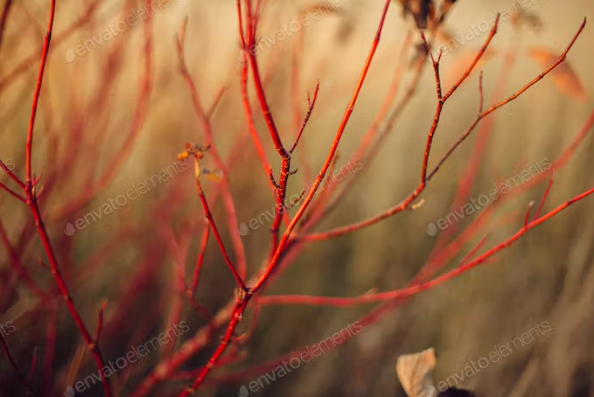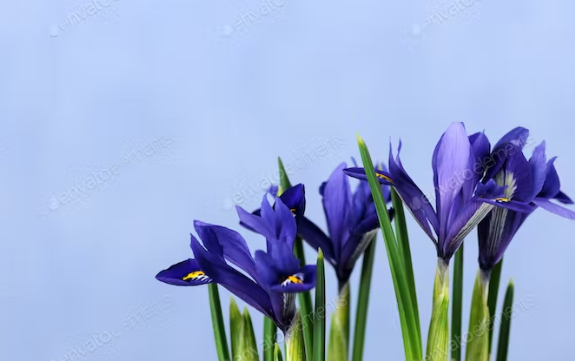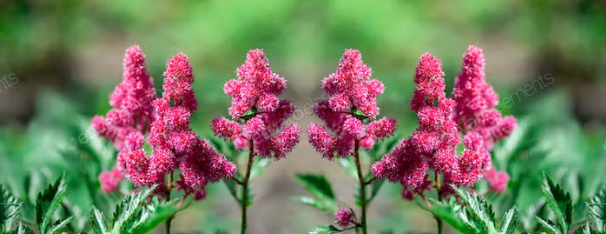
A rain garden is a landscaping technique used to reduce stormwater runoff. It comprises rain garden plants that help slow and absorb water, such as sedges, grasses, and shrubs.
A rain garden can be created using a variety of planting materials, including native plants or non-native plants that are adapted to the local climate. The most common plants for rain gardens are summersweet, red osier dogwood, and blue flag iris.
Benefits of A Rain Garden
1. It Reduces the Water Risks
Water management is a crucial part of any conservation plan, and rain gardens are an excellent way to reduce risk and manage water resources.
A rain garden is a small, vegetated area designed to capture and store rainwater runoff from roofs, parking lots, sidewalks, and other impervious surfaces where excess water cannot be absorbed by the ground.
By absorbing rainfall rather than letting it run off the surface into storm drains or waterways, rain gardens help conserve water and improve urban drainage. In addition to reducing water runoff, rain gardens offer other benefits such as improved air quality and reduced noise pollution.
2. It Recharges Groundwater Supply
Groundwater is the most critical water resource in many parts of the world. In some areas, it is a scarce and valuable resource, and rain gardens are a great way to recharge groundwater supplies. Rain gardens use rainfall to help improve soil health and add water storage capacity to local aquifers.
There are many benefits of using rain gardens for groundwater recharge. They can help improve soil health by helping remove heavy metals and other toxins from the soil, add water storage capacity to local aquifers, reduce erosion and increase biodiversity, and provide recreation opportunities for people.
3. It Provides a Habitat
When it comes to preserving wildlife, one of the most important things we can do is provide them with habitats. A habitat can be anything from a small patch of grass to an entire forest. One way to provide wildlife with habitats is by building rain gardens.
Rain gardens are containers that collect rainfall and allow it to seep into the ground. This runoff water helps to keep plants alive and healthy and, in turn, provides food and shelter for animals. Not only do rain gardens help preserve wildlife, but they also have many other benefits, including reducing flooding and improving air quality.
Best Plants for Rain Garden
1. The Summersweet

Summersweet is a common flowering shrub found throughout the United States. This shrub is known for its sweet, fragrant flowers and long blooming period. The flowers of summersweet are edible and can be used in various dishes. This plant also has many benefits when it comes to rain gardens.
Rain gardens are designed to capture runoff from rooftops, gutters, and other surfaces and store it until it can be filtered and used for irrigation. The plants in a rain garden help to filter the water and remove debris. In addition, the flowers of summersweet attract pollinators which help to promote seed production.
There are many plants that you can use in a rain garden, but summersweet is one of the best options because of its sweet flowers and long blooming period.
2. The Red Osier Dogwood

A rain garden is a perfect place to grow a beautiful red osier dogwood tree. Here are seven reasons why this tree makes an ideal rain garden plant:
- Red osier dogwood is drought tolerant. This means that it can handle periods of dryness better than other plants.
- The tree’s large leaves can capture and store moisture from rainfall.
- The tree’s deep roots help it to absorb and hold water in the soil.
- The tree’s branches droop low, which helps to reduce the risk of erosion in a rain garden.
- The leaves of the red osier dogwood are attractive to butterflies and other insects, which helps to attract pollinators to the garden area.
- In addition to being beautiful, the red osier dogwood is also helpful as a landscaping plant!
3. The Blue Flag Iris

Blue flag iris (Iris versicolor) is a hardy perennial that can be grown in most regions of the United States. It has striking blue flowers, and as a result, it is often used as an ornamental plant. However, the blue flag iris also has many benefits regarding rain gardens.
Firstly, the blue flag iris tolerates waterlogging and poor soil conditions. This makes it an excellent choice for rain gardens that are located near wetlands or other areas with high water content.
Additionally, the large leaves of the blue flag iris can hold a lot of water, which helps to reduce the amount of runoff that flows into waterways during rainfall.
Finally, the blue flag iris is relatively easy to care for.
4. The Joe Pye Weed

Joe Pye weed is a plant often used in rain gardens as it has many benefits and advantages.
- The Joe Pye weed is an easy-to-grow plant that can be planted in various soils.
- Second, Joe Pye weed helps to prevent erosion by absorbing and holding water.
- Third, it can help to improve air quality by acting as a filter for pollutants.
- Fourth, Joe Pye weed can help to provide nutrients for other rain garden plants in the rain garden.
- Fifth, it is drought tolerant and can grow back after being damaged or killed.
- Sixth, it helps to reduce noise levels due to its leaf rustle.
5. The Astilbes

Astilbes are a popular choice for rain gardens because of their many benefits.
- Astilbes are highly efficient at absorbing water. They can absorb a maximum of six times their weight in water!
- Secondly, they are relatively maintenance-free, requiring minimal watering once established.
- Thirdly, astilbes provide fantastic insulation qualities. They help to keep the moist soil cool in summer and warm and dry in winter. Finally, astilbes provide a beautiful landscape feature that can add character to any garden.
Conclusion
Some of the best plants for a rain garden can tolerate wet soil, like summersweet.
- These plants help to stabilise the soil and prevent it from becoming muddy.
- They also tend to attract beneficial insects, which helps to keep the rain garden healthy.
- Some other good plants for a rain garden include red osier dogwood, blue flag iris, and joe Pye weed.
- These plants are known for their help in the environment, which can help to reduce the risk of pollution and give habitats to wildlife.
FAQs
What is the best way to landscape a rain garden?
Ideally, the plants selected for the rain garden can tolerate wet roots for short periods, usually from 24 to 48 hours, complement the rest of the landscape, and thrive in its environment.
What is the minimum depth of a rain garden?
The depth of a rain garden is typically between four and eight inches. In addition to ponding water too long, a rain garden that is more profound than eight inches can look like a hole in the ground and pose a tripping hazard for someone who steps into it.
Can ferns be used in rain gardens?
There are many different shapes, sizes, and shades of green available for these plants that love the sun. In addition to the fern, other plants that like the wet require a lot of or partial shade.


